Congratulations to aspork42 for 100 year old player piano gets an update! Music Time via Python and Modbus TCP ! You are the Grand Prize Winner and win a $200 Shopping Cart!
Congratulations to genebren for Multi-Voice Synthesizer - Part 7 - Adding Noise Back into the Mix. , javagoza for Building FPGA-Based Music Instrument Synthesis: A Simple Test Bench Solution , and dougw for 215 Instrument MIDI Synthesizer ! You are the First Place Winners and win a $100 Shopping Cart!
The Music Time challenged you to build any projects involving clocks and musical instruments. The theme combines two things dear to the heart, music and timepieces. Your projects can involve building your own musical instruments such as theremins, guitar synths, e-bows, musical motion clocks, music themed clocks, musical instruments based on clocks, flute playing instruments and clocks, and more.
The grand prize winner from aspork42 gave a 100 year player piano a modern update via Python and Modbus TCP. The other winning projects included a Multi-Voice Synthesizer from genebren followed his love of synthesizers to create a synth style that's somewhere in between East Coast and West Coast synthesizers. javagoza built an FPGA-based music instrument synthesis system based on the AMD 7 Series, and dougw followed his quest for a cheap MIDI synthesizer with one that had ability to play any note from 215 different synthesized instruments and could play 16 instruments at the same time!
Special thanks to our community member judges who make this all possible: kmikemoo , charlieo21 , DeltaPi , obones , and DAB!
Without further ado here are your winners.....
The Grand Prize Winner:
100 year old player piano gets an update! Music Time via Python and Modbus TCP by aspork42
I actually got to meet aspork42 during Arduino Day and he told me he was thinking of submitting a Music Time project but wasn't sure if he would have enough time. Not only did he find time to submit a project but he was also the Grand Prize winner. The Music Time contest gave him the perfect opportunity to take one of his wacky ideas and make it a reality. He happened to have a player piano from the early 1900's just sitting around and he's often considered ways to control it using modern techniques. This was the perfect time for him to try using a Festo pneumatic air manifold left over from a project at work to see if he could tie them together and run it via a script. He modifies the player piano so it runs via a Python script. This involved developing a 3D printed bracket that could bolt onto the player piano and route the vacuum lines out such that they could be routed into a Festo air manifold. This also required using Modbus (TCP) within a Python script to be able to send commands.
The idea for this project was to replace the paper scroll with a pneumatic manifold that he could control electronically and cause the same effect. Old-school players required someone to sit there and pump two foot pedals attached to bellows to build up vacuum and allow the system to run completely mechanically. Player pianos have since been 'modernized' with a vacuum pump which now works at the flip of a switch to create the vacuum.
He modified the player piano so it ran via a Python script. This involved developing a 3D printed bracket that could bolt on to the player piano and route the vacuum lines out such that they could be routed into a Festo air manifold. This also required using Modbus (TCP) within a Python script to be able to send commands.
| {gallery}My Gallery Title |
|---|
|
|
|
|
|
|
|
|
"Impressive integration of a control system without destroying the heirloom piano - and it actually played music." - Community Member Judge
"Very creative, 'packaging' of the project wasn't pretty but showed real creativity and good work, a cool idea overall. Documented well, so that it was easy to understand what he did and showed that thought was put into this project." - Community Member Judge
"My top Pick is '100 year old player piano gets an update!' because it links a physical instrument to a computer controller which gives a "rooted in reality" impression. I mean,seeing something move when a command is issued on the computer is really appealing to me. And it even has 3D printed adapter parts, something that I dream of being able to do in the future. - Community Member Judge
"Very interesting project." - Community Member Judge
The First Place Winners:
Multi-Voice Synthesizer by genebren
- Multi-Voice Synthesizer - Initial Design
- Multi-Voice Synthesizer - Part 2 - Voice Module rework.
- Multi-Voice Synthesizer - Part 3 - Main Board rework and Echo Module bring-up.
- Multi-Voice Synthesizer - Part 4 - New schematics and layouts.
- Multi-Voice Synthesizer - Part 5 - Let's Make Some Noise.
- Multi-Voice Synthesizer - Part 6 - The Pieces are Coming Together.
- Multi-Voice Synthesizer - Part 7 - Adding Noise Back into the Mix.
genebren 's interest in electronics goes back to his teen years. One of his first projects was a simple electronic organ kit, from the Radio Shack P-Box kit series. This simple kit started a love of electronic music. This simple kit started a love of electronic music and from high school through college genebren gravitated toward synthesizer projects. Recently, he purchased a KORG volca synthesizer and later designed and built a MIDI file player to drive it. This MIDI file player was done as his entry for the Project14 Op-Amp-a-Palooza contest in which he was one the three first place winners. You can view the project here:
- Adding additional capabilities to my KORG volca modular synthesizer and learning about Op-Amps at the same time.
- Adding additional capabilities to my KORG volca modular synthesizer and learning about Op-Amps at the same time. Part 2 - Power supply bring up and Analyzing the Noise Source.
- Adding additional capabilities to my KORG volca modular synthesizer and learning about Op-Amps at the same time. Part 3 - Playing with noise.
- Adding additional capabilities to my KORG volca modular synthesizer and learning about Op-Amps at the same time. Part 4 - Making Connection and Playing a Song.
For this project, the plan was to design a Voice Module, that uses digital synthesis of a waveform, allowing multiple different waveshapes (sine, triangle ,ramp, square and even a folded sinewave). Along with the Oscillator, the Voice Module contains an ADSR (Attack, Decay, Sustain and Release) envelope generator and a tunable filtering system (Lowpass, Bandpass, Highpass or none). As a software only modification, the Voice Module can also be used as a Noise source by using a Linear Feedback Shift Register (LFSR), of 39 bit register length to develop a Pseudo Random bit sequence instead of the digital synthesis of a waveform.
| {gallery}My Gallery Title |
|---|
|
|
 |
|
|
|
|
"Crushed it with detailing the build of the synthesizer and demonstrating the different effects." - Community Member Judge
"Amazing work put into it, extremely well documented, and was inches away from taking top pick. I decided to go with the more creative project, but this would be my next pick by far." - Community Member Judge
"This one is a close second to my top pick because it's so very well detailed, along with the different trial and errors. Going from a clock source all the way to different sounds is quite impressive." - Community Member Judge
"Very well done project very well explained." - Community Member Judge
Building FPGA-Based Music Instrument Synthesis: A Simple Test Bench Solution by javagoza
Recently, we had a webinar on the AMD 7 Series FPGAs and SoCs Live On (Win a Cora Z7 Board: Winners Announced)! What we needed on the community was a really great 7 Series project and javagoza delivered with his music time project, an FPGA-based music instrument synthesis system based on the Digilent Arty S7 50 development board, which features an AMD Spartan-7 FPGA.
It can produce different types of sound waves, like sine, square, sawtooth, triangle, and noise. These waves can be changed and shaped using a technique called ADSR, which adjusts how the sound starts, fades, sustains, and stops. It uses a method called Direct Digital Synthesis (DDFS) to create these waves digitally. Then, it converts them to analog signals using a 1-bit Delta Sigma Digital to Analog Converter (DAC) and a Low Pass Filter (LPF). This allows you to have precise control over the generated sounds and mimic musical instruments and effects.
| {gallery}My Gallery Title |
|---|
 |
|
|
|
|
|
|
"Not the typical way to create a synthesizer." - Community Member Judge
"Another cleanly documented project but wasn't as interesting as the Multi voice synth, as it was more of a good demonstration of a FPGA synth, not something brand new." - Community Member Judge
"This one is quite similar to the previous but I rank it a bit lower because it's using an FPGA, meaning it's less visual in the trial-error phase. But that confirms that FPGA is a really nice field allowing for easy in place update." - Community Member Judge
"Well done project well explained." - Community Member Judge
215 Instrument MIDI Synthesizer by dougw
In his ongoing quest for a cheap MIDI synthesizer, dougw came across the VS1053 chip which is a pretty spectacular audio chip. It has many features like encoding and decoding many audio standards and implementing several different interface standards. He was specifically interested in its ability to play any note from 215 different synthesized instruments. In fact it can play up to 16 notes or instruments at the same time.
He also found that there are many suppliers who have used this chip in low cost audio modules, unfortunately none of them really cater to its MIDI capabilities. Almost none of them even make the MIDI selection pin available to be jumpered, and of course none of them have a MIDI connector. They all seem to implement the chip as an MP3 player, which is fine, but why ignore the synthesizer capabilities?
So naturally he had to design my own synthesizer around this chip. All the "music" in this blog is produced by this synthesizer, except the percussion intro.
| {gallery}My Gallery Title |
|---|
|
|
|
|
|
|
|
|
"Nice project, well designed and implemented, but didnt show the level of creativity my top pick showed." - Community Member Judge
"This is quite appealing to me as well because it uses an "old" technology (MIDI) that I discovered as a teenager and introduced me to the wonders of digital music. It has a nice 'Proust's madeleine' effect on me" - Community Member Judge
"Great project well explained." - Community Member Judge
Honorable Mention:
The following project received votes from our judges:
A musical Pomodoro Timer for your Work Desk by aaryan2134
aaryan2134 shared his latest project, a musical Pomodoro timer for his work desk. He wanted to build something that incorporated both Time and Music in a fun, useful way. This project should be of interest to anyone who has struggled with becoming easily distracted while working at their work desk. Who hasn't lost track of time and spent hours on end doing unproductive tasks?! A Pomodoro Timer is a technique that involves breaking down your workday into 25-minute intervals, with 5-minute breaks in between. This technique helps you stay focused on your task and gives you small breaks to recharge and avoid burnout. The musical Pomodoro timer takes this concept to the next level by creating a musical instrument, a spinet, that you can play while you work. It's built using Arduino and uses two ultrasonic sensors to compute the distance between them and create different notes. You can tap in the middle of the sensors to start the Pomodoro timer, which will stop the spinet and run for 25 minutes, reminding you to stay focused on your task.
| {gallery}My Gallery Title |
|---|
 |
|
|
|
|
|
|
"Creative (original) approach to and melding of the music and time theme. How to goof off - but not too much." - Community Member Judge





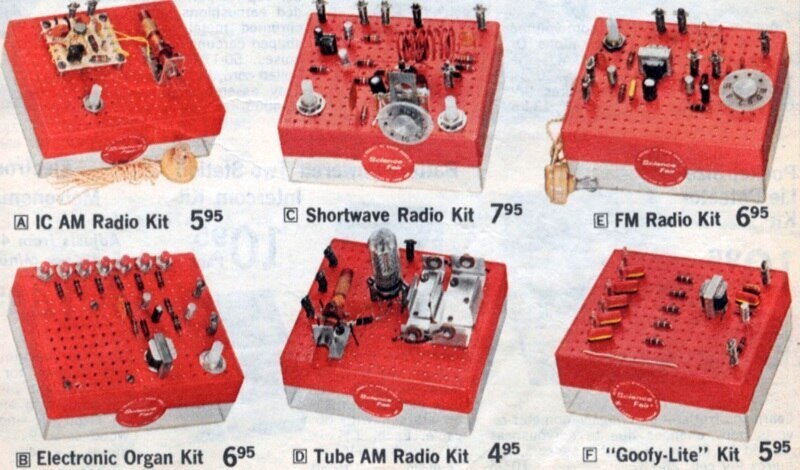
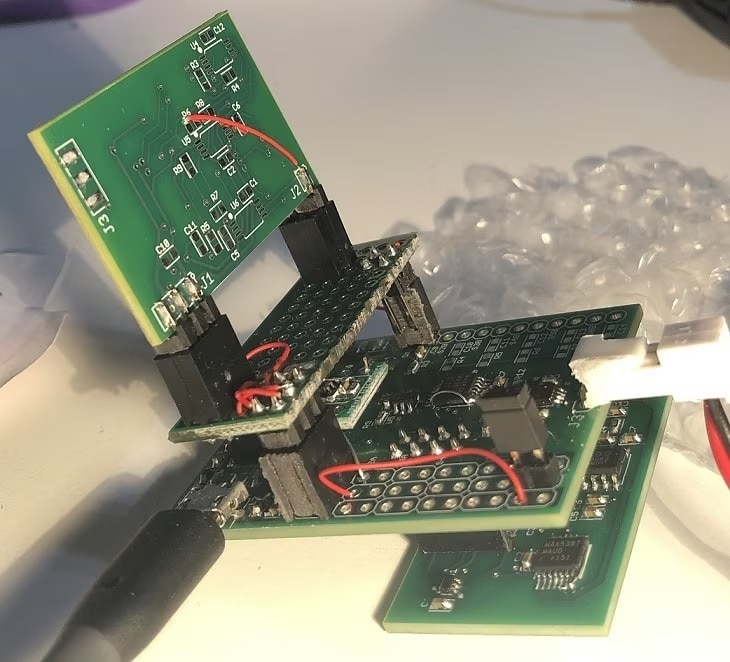
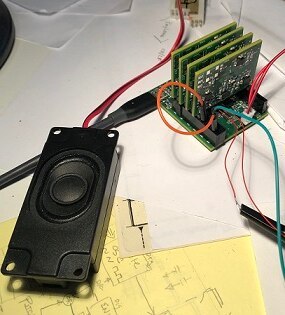





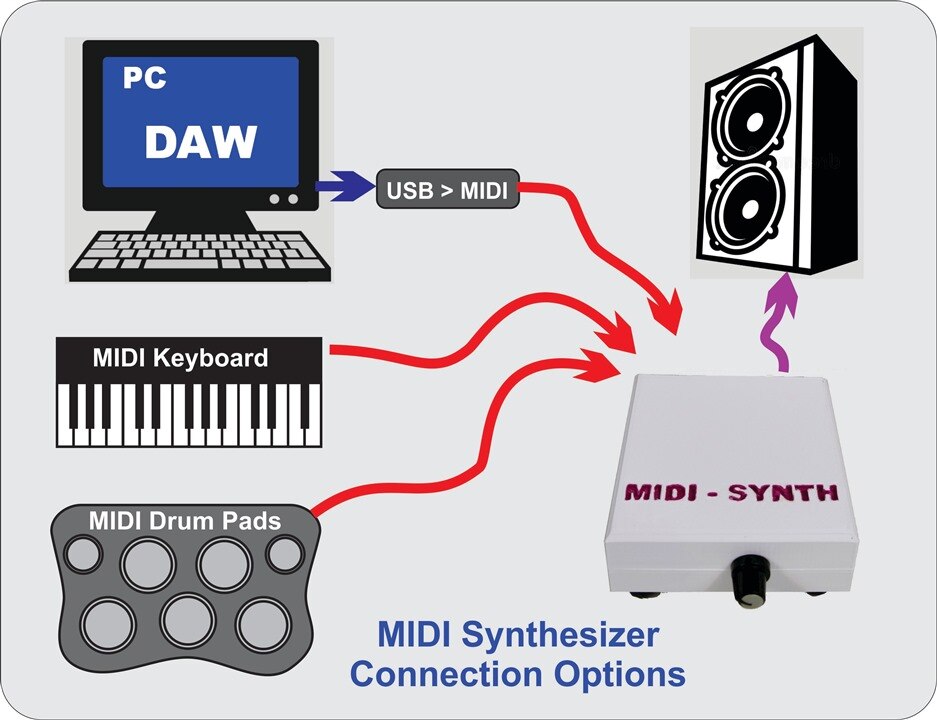



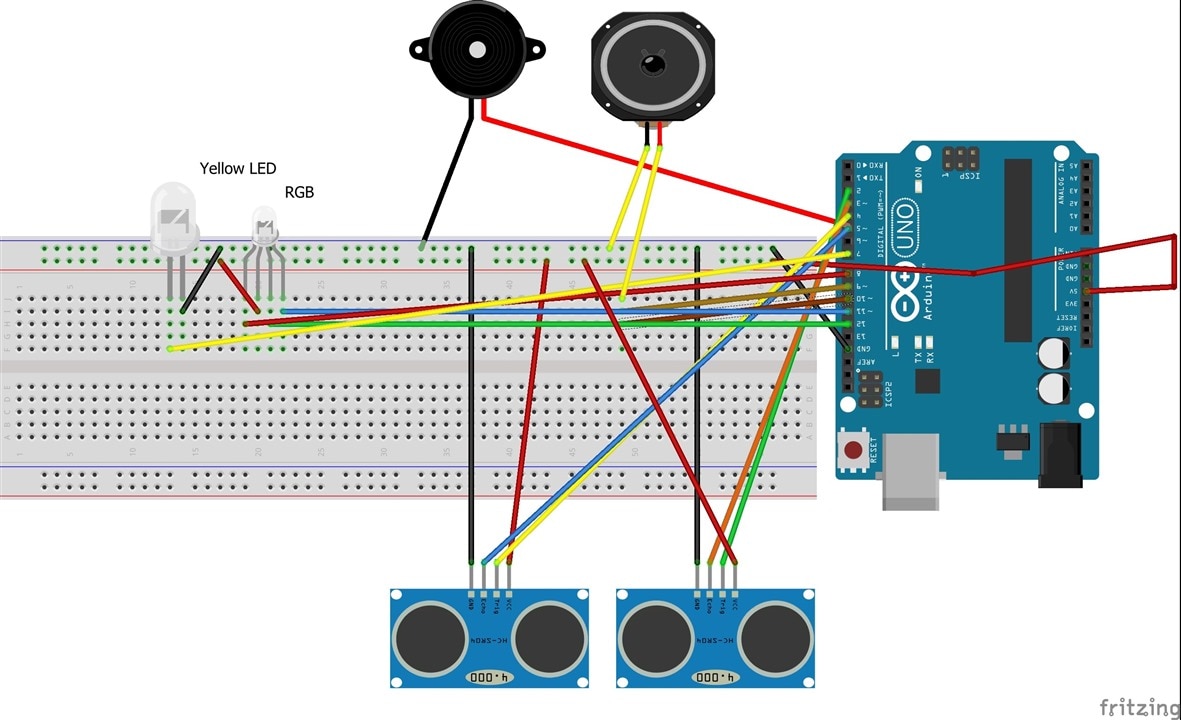
Top Comments